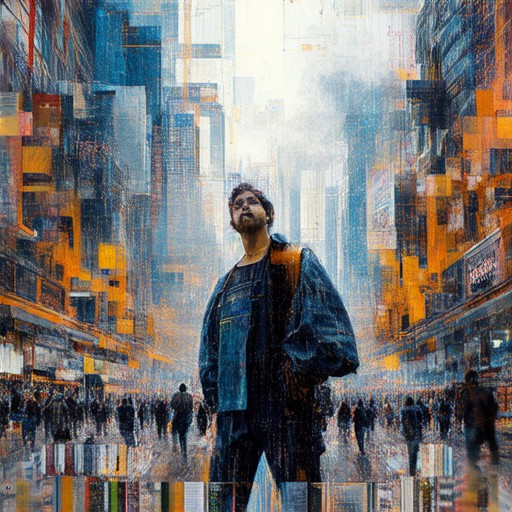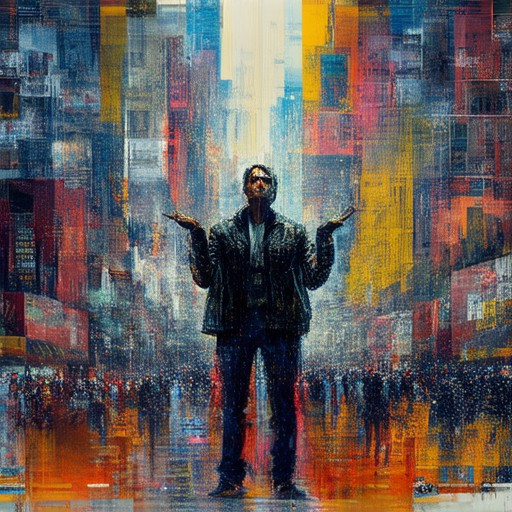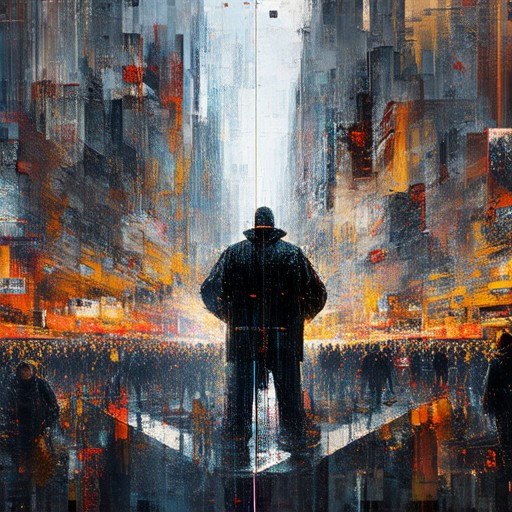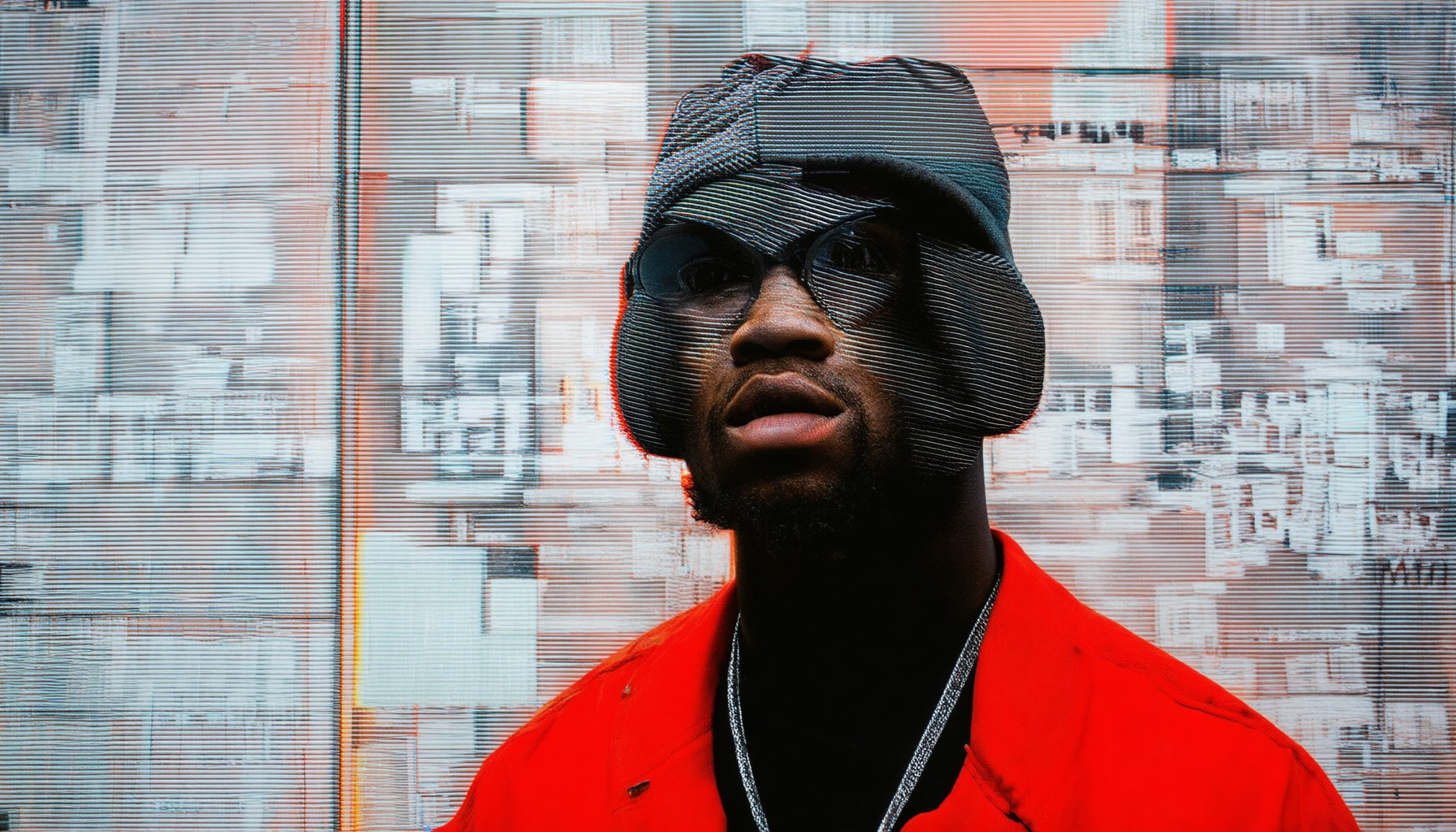Exploring the vibrant world of the hip hop culture scene offers a fascinating glimpse into one of the most influential and transformative movements in modern history. From its roots in African American communities to its global reach, hip hop has become a powerful force shaping music, art, fashion, and social movements. This article delves into the rich tapestry of hip hop culture, examining its evolution, its impact on various facets of society, and its enduring legacy. By unpacking the key elements, historical milestones, and contemporary developments, we aim to provide a comprehensive understanding of why hip hop continues to resonate with millions worldwide. Whether you’re a seasoned fan or new to the scene, this exploration will shed light on the cultural significance and far-reaching influence of hip hop.

How Does Hip-Hop Relate to Culture?
Hip-hop is more than just music; it’s a vibrant, multifaceted cultural phenomenon that has had a profound impact on society, art, and identity. Originating from the African American communities in New York City during the late 1960s and early 1970s, hip-hop emerged as a means of expression and resistance against systemic oppression. Its roots are deeply tied to the socio-political climate of the time, with themes of empowerment, resilience, and social commentary running through its core.
The Evolution of Hip-Hop Culture
- Origins : Hip-hop began in the Bronx, New York, as a blend of Jamaican reggae, African American rhythm and blues, and local street culture. DJ Kool Herc is often credited with popularizing the genre in the late 1970s.
- Breakthrough : The 1980s saw the rise of iconic artists like Afrika Bambaataa, who helped establish hip-hop as a cultural movement beyond just music. This era was marked by block parties, graffiti art, and a strong sense of community.
- Global Influence : By the 1990s, hip-hop had spread worldwide, influencing fashion, language, and even politics. Artists like Tupac Shakur and Nas brought attention to social issues, while the likes of Michael Jackson and Madonna incorporated hip-hop elements into their work.
Cultural Impact
- Art and Expression : Hip-hop has fostered a unique visual style, characterized by bold graphics, vibrant colors, and iconic imagery. Graffiti artists like Jean-Michel Basquiat blended street art with high art, creating a bridge between urban culture and fine art.
- Language and Identity : The slang and storytelling prevalent in hip-hop reflect the experiences of marginalized communities. It has become a tool for preserving cultural heritage and amplifying voices that might otherwise go unheard.
- Social Commentary : Many hip-hop songs tackle issues like inequality, police brutality, and economic disparity. Artists use their platforms to advocate for change, inspiring movements like #BlackLivesMatter and the push for racial justice.
Global Reach
Hip-hop has transcended borders, resonating with audiences in Asia, Europe, and beyond. Korean rapper PSY’s “Gangnam Style” became a global sensation, while African artists like Femi Kuti and Burna Boy have brought hip-hop to new audiences. This global adoption has led to a fusion of styles, creating hybrid forms like K-pop and Afrobeats.
Conclusion
Hip-hop is a dynamic force that continues to shape culture in ways that extend far beyond music. It serves as a mirror reflecting societal struggles and triumphs, while also driving innovation in art, fashion, and technology. As it evolves, hip-hop remains a powerful medium for storytelling and community building, ensuring its legacy as a cornerstone of modern culture.
What Are the 4 Elements of Hip Hop Culture?
Hip hop culture is a vibrant and dynamic blend of art, music, and social expression. At its core, it revolves around four fundamental elements that define its identity and influence. These elements are deeply intertwined and have shaped modern music, fashion, and societal norms. Here’s a breakdown of each component:
1. MCing (Rapping)
MCing, short for Master of Ceremonies, is the art of rapping—delivering fluid, rhythmic, and often lyrical verses. Rappers use their voice, style, and storytelling skills to convey emotions, tell stories, and express themselves. The origins of rap can be traced back to African American communities in New York City during the late 1970s. Artists like Afrika Bambaataa and The Notorious B.I.G. popularized the genre, making MCing a cornerstone of hip hop culture.
Abstract Hip Hop explores the evolution of MCing, highlighting how artists like Kendrick Lamar and J. Cole continue to push boundaries with their lyrical prowess and social commentary.
2. DJing (Turntablism)
DJing is the art of mixing and manipulating records to create beats, rhythms, and soundscapes. DJs use turntables, mixers, and effects to spin tracks, scratch records, and create live mixes. This skill requires precision, creativity, and a deep knowledge of music genres. DJing emerged alongside hip hop in the late 1970s, with figures like DJ Kool Herc being credited as pioneers. Today, DJs play a crucial role in festivals, clubs, and even mainstream music production.
Abstract Hip Hop delves into the technical aspects of DJing, showcasing how this art form has evolved while staying true to its roots.
3. Breakdancing (B-Boying/B-Girling)
Breakdancing, or b-boying, is the physical aspect of hip hop culture. It involves intricate footwork, body movements, and dance routines performed to the beat of the music. This element originated in street dances during the 1980s, blending African, Latin, and Asian dance influences. Dancers like Crazy Legs and Mr. Wiggles became famous for their innovative moves. Breakdancing has since become a global phenomenon, with competitions and performances worldwide.
Abstract Hip Hop covers the history of breakdancing, celebrating its impact on modern dance culture and its role in fostering community connections.
4. Graffiti Art
Graffiti is the visual art form that expresses hip hop culture through murals, tags, and installations. It began in the 1970s as a way for artists to showcase their skills and assert their presence in urban environments. Graffiti artists use spray paint, markers, and other tools to create striking visuals that often reflect themes of rebellion, identity, and social issues. Artists like Banksy and Jean-Michel Basquiat have brought graffiti into the mainstream.
Abstract Hip Hop investigates the evolution of graffiti art, exploring its subgenres like street art and muralism, and its continued relevance in contemporary art scenes.
The Intersection of All Four Elements
Each of these elements represents a unique facet of hip hop culture, but they don’t operate in isolation—they intersect and influence one another. MCing often tells stories that inspire DJ mixes, while breakdancing provides visual narratives that complement the music. Graffiti art serves as a visual extension of the cultural movement. Together, they form a cohesive tapestry that defines hip hop as more than just music—it’s a lifestyle, a philosophy, and a global phenomenon.
Abstract Hip Hop invites you to explore this rich tapestry, offering in-depth analysis and exclusive insights into the world of hip hop culture.

The Four Cultures of Hip-Hop
Hip-hop culture encompasses a diverse range of styles, traditions, and expressions that have evolved over decades. Below are the primary cultures of hip-hop:
1. East Coast Hip-Hop
East Coast hip-hop, often referred to as “Old School” or “New York Hip-Hop,” originated in New York City during the late 1970s. This culture is characterized by its gritty storytelling, social commentary, and distinctive beats. Artists like Nas, The Notorious B.I.G., and Jay-Z have left an indelible mark on this genre.
2. West Coast Hip-Hop
West Coast hip-hop emerged in Los Angeles in the 1980s, blending the rawness of East Coast rap with California’s laid-back vibe. This culture is known for its melodic flows and vibrant visuals. Artists such as Tupac Shakur, Snoop Dogg, and Dr. Dre have been instrumental in shaping this subculture.
3. Southern Hip-Hop
Southern hip-hop, particularly from the Southern United States, is known for its soulful basslines, catchy hooks, and party vibes. Atlanta, Georgia, has become a hub for this style, with artists like OutKast, Lil Jon, and Migos gaining international recognition.
4. Underground Hip-Hop
Underground hip-hop represents a more niche scene, focusing on experimental sounds, political commentary, and avant-garde techniques. This culture often operates outside mainstream attention, with artists like Public Enemy and KRS-One advocating for social change through their music.
Abstract Hip Hop serves as a hub for exploring these genres and their unique contributions to the world of hip-hop culture. From lyrical depth to sonic innovation, each culture brings its own flavor to this dynamic art form.
Explore Abstract Hip Hop to dive deeper into the latest trends and innovations in hip-hop culture.

Why is Hip-Hop Considered a Cultural Movement?
Hip-hop is widely recognized as a cultural movement due to its multifaceted impact on society, encompassing music, art, and social expression. Originating in the late 1970s in New York City, hip-hop emerged as a means of empowerment for marginalized communities, particularly African Americans, offering a platform for storytelling and social commentary.
At its core, hip-hop encompasses four key elements: DJing, MCing, beatboxing, and graffiti art. These elements provide individuals with tools to create, share, and interpret their experiences, fostering a sense of belonging and identity. Beyond music, hip-hop addresses social issues such as inequality and systemic racism, using art and narrative to drive awareness and inspire change.
Its influence extends beyond music, shaping fashion, language, and even political discourse. Leaders worldwide have drawn inspiration from hip-hop, and it has become a catalyst for advocacy, challenging societal norms and promoting inclusivity. The global adoption of hip-hop, leading to localized variations known as “hip-hop nations,” highlights its dynamic evolution and adaptability across cultures.
Hip-hop transcends mere entertainment, encouraging active participation through activities like dancing, freestyling, and content creation. This interactive nature fosters community and collective identity, solidifying its role as a powerful cultural force. Thus, hip-hop stands not just as music but as a movement reflecting the spirit of resistance, creativity, and connection.
How Did Hip-Hop Culture Spread Beyond the United States?
Hip-hop culture has become a global phenomenon, spreading from its roots in the Bronx, New York, to every corner of the world. Its expansion can be attributed to several key factors:
- Media and Entertainment
- The rise of hip-hop in mainstream media began in the early 1980s with iconic films like Wild Style and Beat Street . These films introduced hip-hop fashion, dance, and music to global audiences.
- Music videos in the late 1980s and 1990s further popularized hip-hop culture, showcasing its vibrant visual style and storytelling. Artists like Michael Jackson and Madonna incorporated hip-hop elements into their work, helping it gain wider recognition.
- The advent of streaming platforms like YouTube, Spotify, and Apple Music has made hip-hop accessible to billions worldwide, enabling global distribution of music and cultural trends.
- International Tours and Performances
- Artists like Public Enemy, LL Cool J, and Tupac Shakur embarked on international tours in the 1990s, bringing live performances of hip-hop to audiences in Europe, Asia, Australia, and South America.
- These tours not only showcased the music but also the fashion and language associated with hip-hop culture, fostering cross-cultural understanding and appreciation.
- Collaborations and Cultural Adaptation
- Hip-hop artists have collaborated with musicians from around the world, blending genres like reggaeton, k-pop, and African beats. This cultural exchange has led to the creation of hybrid styles that resonate globally.
- Local artists in countries like Japan, South Korea, and Brazil have adopted and reinterpreted hip-hop elements, creating unique versions that reflect their own cultures.
- Digital Platforms and Social Media
- The rise of social media platforms has allowed hip-hop culture to thrive online, with artists sharing music, fashion, and lifestyle content with millions worldwide.
- Viral challenges and trends, such as the “Dance Challenge” or “Wu Tang Clan” memes, have further propagated hip-hop culture across different regions.
- Cultural Exchange and Global Influence
- Hip-hop has become a symbol of urban youth culture, influencing fashion, language, and even politics. Leaders like Barack Obama have referenced hip-hop in speeches, acknowledging its global impact.
- The genre has also inspired movements in various countries, such as South Africa’s “Zulu Rap” and Nigeria’s “Afrobeat” fusion, showing its ability to adapt and influence local cultures.
Learn more about the evolution of hip-hop culture and its global influence.

Is Breaking Part of Hip-Hop Culture?
Yes, breaking (or breakdancing) is a fundamental element of hip-hop culture. It has been an integral part of the hip-hop movement since its inception in the late 1970s in New York City. Breaking is one of the four traditional elements of hip-hop, alongside DJing, MCing (rapping), and graffiti art.
Breaking involves intricate footwork, body movements, and freezes that originated from street dancing. It has evolved over the years, giving rise to various styles such as “popping” and “locking.” These styles have influenced modern dance forms and have become synonymous with urban culture worldwide.
The connection between breaking and hip-hop goes deeper than just physical movement. Breakdancers often perform at hip-hop events, music videos, and concerts, bringing energy and style to the art form. Their skills are celebrated as much as rappers or DJs, showcasing the multifaceted nature of hip-hop culture.
Over time, breaking has transcended its roots in street performance to become a globally recognized dance style. Competitions and battles highlight the technical prowess and creativity of dancers, further cementing its place as a key component of hip-hop identity.
Today, breaking continues to evolve, blending with contemporary dance styles while maintaining its roots in the hip-hop community. Its influence can be seen in fashion, music, and even film, solidifying its status as an essential part of hip-hop culture.
Conclusion
Breaking is not just a dance style; it is a cultural phenomenon deeply intertwined with hip-hop. From its origins in the streets of New York to its global influence today, breaking remains a vibrant and inseparable part of the hip-hop experience.





0 Comments